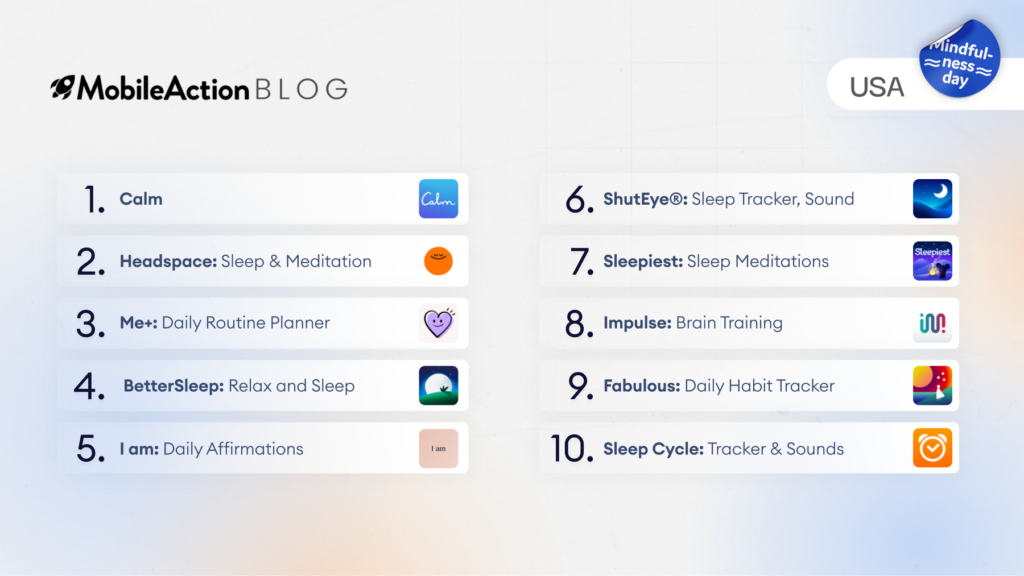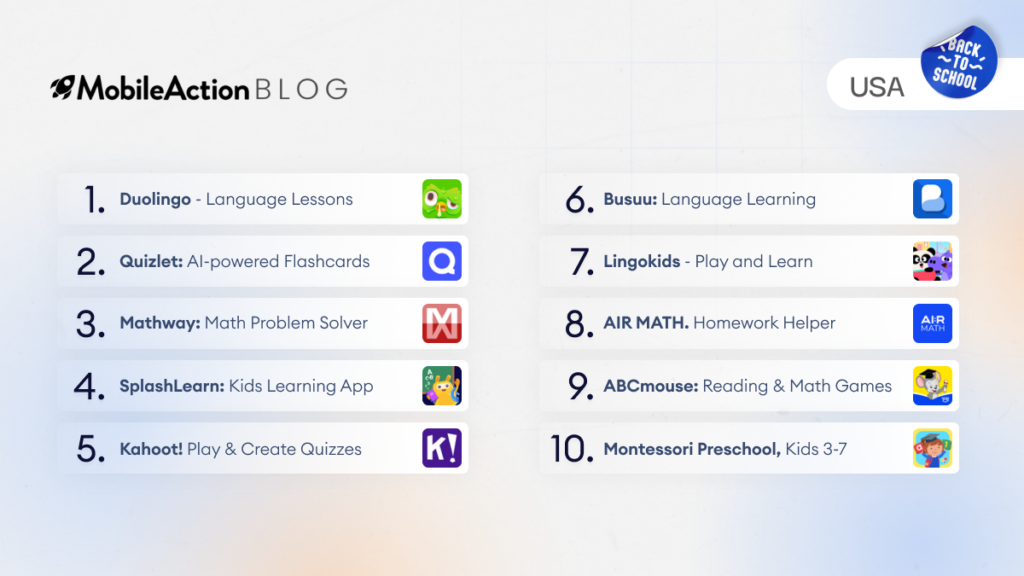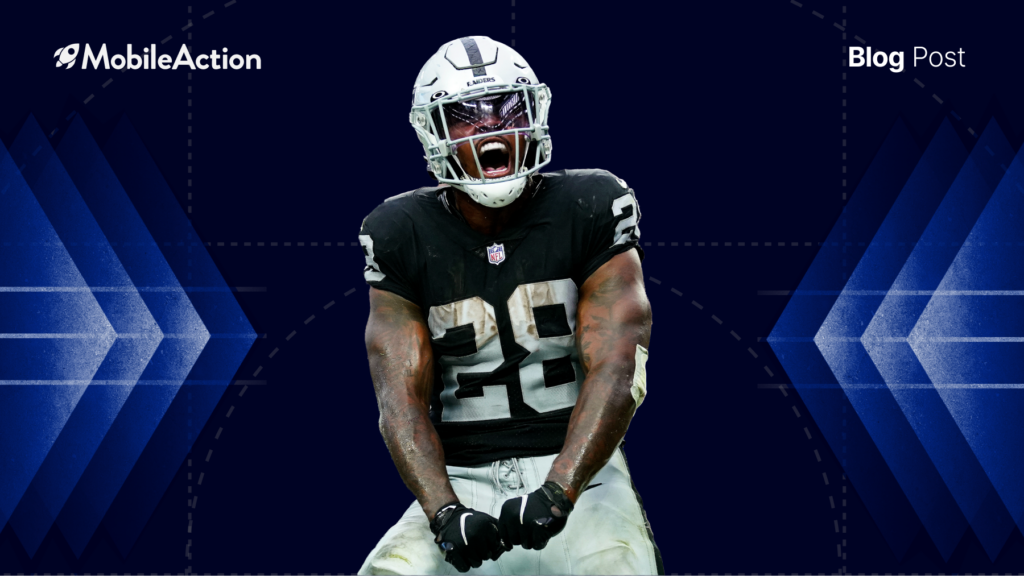A/B testing is one of the most crucial parts of an App Store Optimization strategy. It allows developers to test all aspects of an app’s metadata, from creatives to icons. Besides, A/B testing is an amazing tool to see what users react to. Google Play offers developers to test variants of their app’s page and determine what performs best.
This way, you can make sure that your visitors will have the best, most convincing experience on your listing page and proceed to download your app.
Google Play Product Page
Before moving to A/B testing, let’s take a look at the Google Play product page. The better your product page, the more downloads you will get!
Remember, both conversion optimization and keyword optimization are crucial for building your Google Play ASO strategy.

Before moving on to the next section, let’s go over the anatomy of a product Page on Google Play.
- App Title: Currently, you can use up to 50 characters in your app title. This is your most weighted indexing factor, so make the most out of it! (Note that this limit will change later this year, and will be reduced to 30)
- Short Description: For your short description, you can use up to 80 characters. This field is closely paid attention to by most users. Thus, it is important for both indexing and conversion purposes.
- Long Description: A longer piece of text, up to 4000 characters. Even though users rarely read all of this section, this field is important for indexing purposes. Keyword Density is also considered.
- Feature Graphic: Your feature graphic is used in various places to communicate with users. It is used as a cover image for previews, presented in the recommended section and more.
- Preview Video: Short video clips that should display your app’s best qualities.
- Screenshots: In-app imagery which should be used to convey your value propositions.
Reasons To A/B Test
A/B testing is a life-saver tool for app developers. It allows you to test how effective the new update is before publishing it. Apple recently announced that they will allow native A/B testing for the first time with the IOS 15 update. Google, on the other hand, has allowed developers to carry out A/B testing since 2015. Let’s take a closer look at how Google Play A/B testing, also known as Store Listing Experiment, works.
Store Listing Experiment offers two types of experiments: Default Graphics Experiment and Localized Experiment. Default Graphics Experiment will only run tests in regions with the language you selected as your default. For example, if you choose English as the default, you will be able to test the variant in English-speaking countries.
Localized Experiment, on the other hand, will run your test in any region your app is available in.
Keep in mind that plain translation is not localization. Different regions have different cultures, habits, and preferences. That is why you should be always looking out for methods to connect with your users.
What can you test on Android?

- You can run tests for any localization up to 5 languages.
- You can test icons, videos, screenshots and text. Text is only available in Localized Experiments.
- You can decide on the percentage of users you want to see the test version. For example, 30% of users can see the updated version of the current version, and 70% of users can see the current version.
- You can split the test up to 4 versions; 1 is the current version and 3 are variant versions.
- If you are satisfied with the CR of the variant, you can simply click the ‘Apply’ button to replace it with the current version, even for icons. You don’t need a version release! It just takes hours for new versions to be available on the app store.
Tips for Google Play A/B Testing
A/B testing is really useful for your Google Play ASO strategy but there are some points you should be aware of.
First, you should test the variants for at least 7 days. You should not decide on the variant’s performance by looking at one day’s performance. Even though you may be happy about a specific day’s performance, overall performance is key for success. So, 7 days’ data should be considered when evaluating the performance of a variant.
Another important reason for running tests for a certain amount of time is to avoid day-of-the-week effects. Most of the time, you will notice some patterns of user behavior on certain days. Running your test for a week will allow you to identify and exclude any such effects.
The other point you should consider while A/B testing is the number of variants at a time. Google does not allow developers to see which variant gets the traffic, it just shows the total download. So, testing variants separately might be a good idea to understand the variant’s performance.

Verdict
Publishing an app on the play store and waiting for it to be on Top Charts is not realistic. That’s why you should also develop a great ASO strategy along with your app. Due to ruthless competition in the market, you should always keep track of trends, platform specifications, and user preferences.
With our ASO Intelligence tools, you can find everything you need under a single dashboard to make your App Store Optimization strategy to the next level. From competitor intelligence to market trends, we can help you to build the ultimate user acquisition strategy with the power of data. Sign up for free and start growing today!




